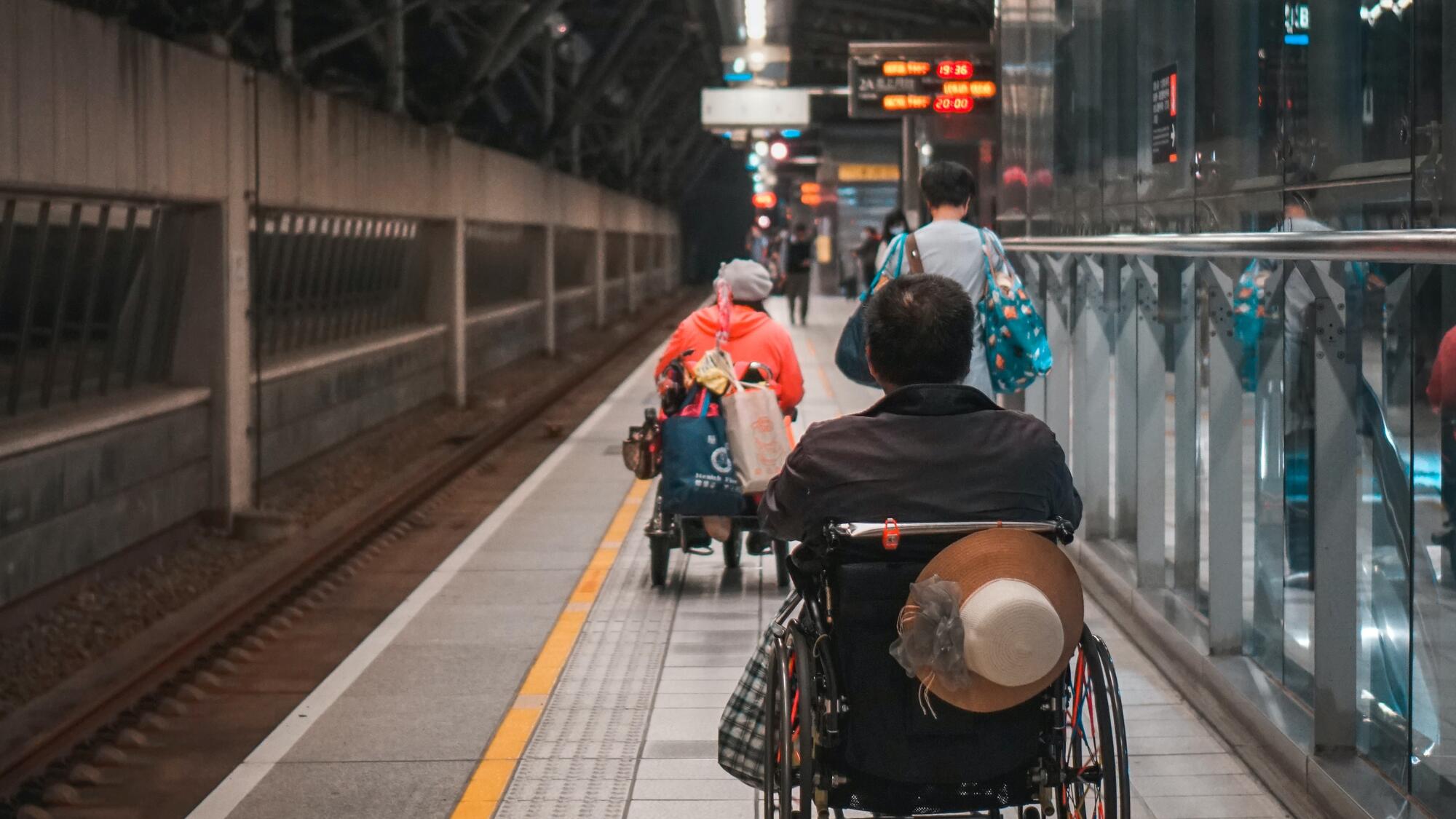- February 27, 2020
- Mobility
Data-Smart City Solutions sat down with Stephen Goldsmith, the Daniel Paul Professor of the Practice of Government at Harvard Kennedy School and the director of the Ash Center’s Project on Mobility and the Connected City, which is examining how new forms of mobility, like ride-sharing and electric scooters, are rapidly changing the transportation landscape of cities around the world. Goldsmith recently released a pair of papers aimed at helping researchers and policymakers navigate the emerging field of connected mobility and better deal with the growth of ridesharing and micromobility in urban areas.
Daniel Harsha: How would you characterize the conflicts that cities are grappling with concerning the proliferation of ridesharing and other micromobility solutions?
Stephen Goldsmith: The future of transit is changing, and the future of cities is changing -- but the mechanisms that cities have to respond to these are not changing. Back when I was a mayor, even when I was deputy mayor, the sidewalk was expensive, it was a liability, people tripped, you spent money on it. It wasn't thought about as an asset. It was thought about as a liability.
Now with all of the new forms of transit, whether they're Ubers and Lyfts or they’re micromobility scooters or bike shares, there's competition for the curb in certain areas, and it's become a valuable asset. The basic issue today is how you manage this asset to improve the opportunities for your residents in a way that captures the value for the cities.
DH: Have cities started internalizing this sidewalk transformation?
SG: No, because I think the basic problem still remains in most places, with the exception of a few cities that are creating mobility offices, is that those cities often don't have enough authority. You have a taxi and limousine commission, you've got a regional bus service, you've got a department of transportation, you have somebody licensing TNCs [transportation network companies, e.g., rideshares). So you're still dealing with the fact that there is a curb, but there are six or seven agencies regulating modes that use the curb. We're getting there slowly, but there's still not a platform that allows that data to be evaluated and the curb to be priced.
DH: So who are the cities that are getting it right?
SG: Well, it’s interesting that you phrased it “getting it right,” but let's assume that we know what right is (though that's not so clear.) So Los Angeles is very advanced in the way they think about this. They've thought about the platforms, they've thought about the data. But they have a point of view that's a very aggressive view with respect to kind of how they would manage TNCs. Atlanta, for example, has established a mobility office.
Those are “right ways,” but it’s only part of the picture. Until we actually negotiate what are now serious battles between vendors and cities with differences of opinion about how to get rider data and how to use that data to see what's happening on your curb, we're not going to really know who is actually getting it “right.”
DH: What are those data access issues and why are they so controversial?
SG: There are of course serious privacy issues. Uber knows origination and destination information for its customers. They don't want to give that to the cities, and I don't think the cities should have that either. But a city needs to know a lot about where people are originating from in order to plan their transit. So the question becomes, how do you aggregate the data and anonymize the data that allows the city to make informed policy and planning decisions without intruding on rider privacy? And the other issue is that often if data is provided to a city, in many states that data then can be secured by freedom of information requests by a competitor. So there are a lot of competing issues.
DH: Ultimately, how do a city’s residents benefit from these technical discussions about sidewalk access and data sharing?
SG: We recently had a conference at Harvard with TNCs, policymakers, and academics where we tried to ferret out this issue. I think one of the really big issues that very few people are thinking about is the question of equity. Where should services be provided? How should the city use its regulatory authority to make sure that residents in poorer neighborhoods have opportunities?
There's also this constant struggle in cities about the price of parking. But what we're really doing is underpricing the curb in areas of high commercial opportunity. And by underpricing the curb then, we're giving advantages to folks in those communities because they're actually paying less to park or get dropped off in their rideshares in that area.
We should think about opportunities to create revenue, which then could be redirected to cross subsidize expanded transit in traditionally underserved communities. The question of how many Ubers are we going to allow in a city or how many scooters are we going to allow are important issues, but those aren't the critical issues.


 Daniel Harsha is the Associate Director for Communications and Government Relations at the Ash Center. Previously, Harsha served as Communications Director and Senior Professional Staff Member for the Democratic staff of the House Foreign Affairs Committee and Senior Legislative Assistant to Congressman Howard Berman (D-CA). Harsha holds a bachelor’s degree in Politics from Oberlin College and a master’s degree in Middle East Politics from the School of Oriental and African Studies (SOAS), University of London.
Daniel Harsha is the Associate Director for Communications and Government Relations at the Ash Center. Previously, Harsha served as Communications Director and Senior Professional Staff Member for the Democratic staff of the House Foreign Affairs Committee and Senior Legislative Assistant to Congressman Howard Berman (D-CA). Harsha holds a bachelor’s degree in Politics from Oberlin College and a master’s degree in Middle East Politics from the School of Oriental and African Studies (SOAS), University of London.


